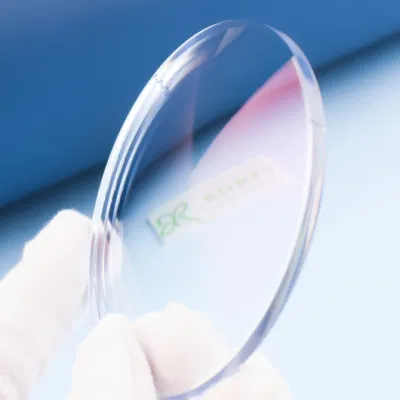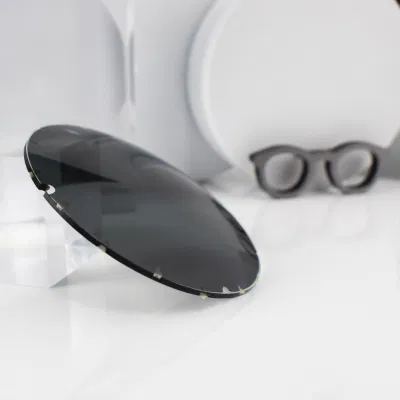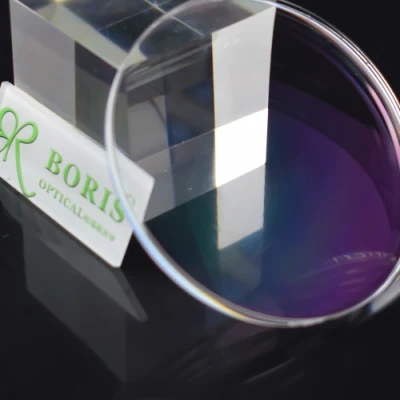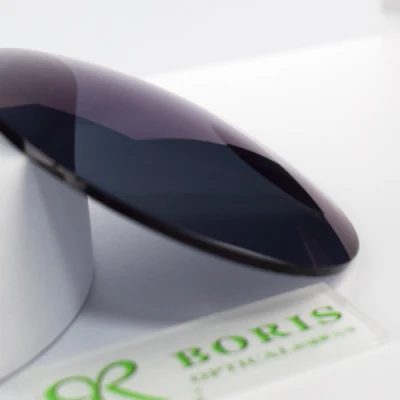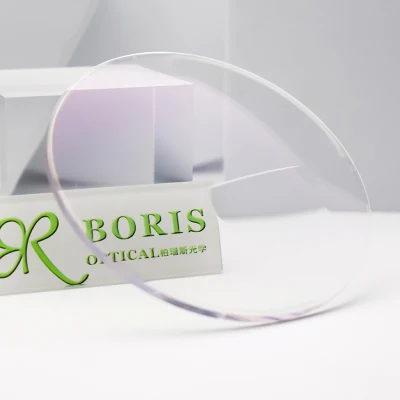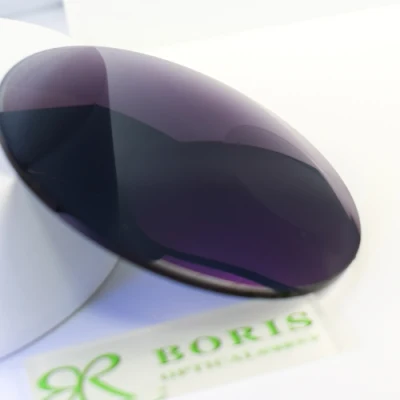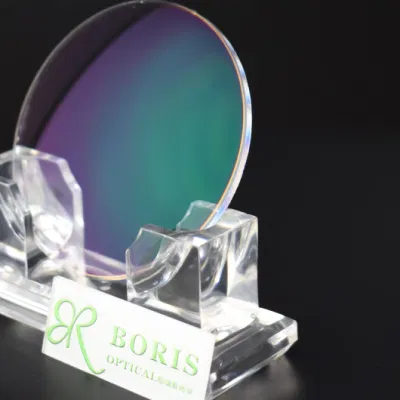Basic Info.
Product Description
 1.71 lens Full name 1.71 refractive index lens, with high refractive index, high transmittance, high Abbe number characteristics, in the case of the same myopia degree, can significantly reduce the thickness of the lens, reduce the quality of the lens, at the same time, make the lens more pure and bright, not easy to disperse rainbow grain. It is found that adding cyclic sulfide resin into the lens material can improve the refractive index of the lens, but too much cyclic sulfide resin will lead to the reduction of light transmittance and material cracking. By precisely controlling the content of ring sulphur resin in 1.71KR resin, the 1.71 lens achieves high refractive index and abbe number while ensuring good light transmittance, low dispersion and clearer vision.
1.71 lens Full name 1.71 refractive index lens, with high refractive index, high transmittance, high Abbe number characteristics, in the case of the same myopia degree, can significantly reduce the thickness of the lens, reduce the quality of the lens, at the same time, make the lens more pure and bright, not easy to disperse rainbow grain. It is found that adding cyclic sulfide resin into the lens material can improve the refractive index of the lens, but too much cyclic sulfide resin will lead to the reduction of light transmittance and material cracking. By precisely controlling the content of ring sulphur resin in 1.71KR resin, the 1.71 lens achieves high refractive index and abbe number while ensuring good light transmittance, low dispersion and clearer vision.



Advantages of Resin Lenses:
Durable: Resin lenses are shock resistant, meaning they are less likely to break if dropped or handle roughly.
Hypoallergenic: Resin lenses are less likely to cause allergic reactions than other types of lenses.
UV Protection: Resin lenses are available with built-in UV protection that reduces your exposure to harmful UV rays.
UV Light Resistance:Resin lenses also resist the deterioration caused by UV radiation.
What is Lens Index?
The lens index refers to the index of refraction (otherwise known as refractive index) of lens material for eyewear. It is a relative measurement number that describes how efficiently the material bends light. Light refraction will depend on how quick light itself passes through the lens.
Refractive Index
Lens materials are classified on their refractive index. This refractive index is the ratio of the speed of light when it travels through air to the speed of light when it passes through the lens material. It is an indication of how much light is bent as it travels through the lens. Light is refracted, or bent, at the front surface of the lens, then again as it exits the lens.A denser material bends light more, so not as much material is needed to achieve the same refractive effect as a less dense material. Hence the lens can be made thinner, and also lighter.
With regular eyeglasses lenses, the center of the glasses is thinner and the outer edges are thicker to facilitate refraction which is what makes prescription glasses work! High index lenses have a higher index of refraction than regular lenses, which means they don't need to be as thick around the edges to be effective.
High-index lenses mean that the lens itself can be both thinner and lighter. This allows your glasses to be as fashionable and comfortable as possible. High-index lenses are particularly beneficial if you have a strong eyeglass prescription for nearsightedness, farsightedness, or astigmatism. However, even those with a low eyeglass prescription can benefit from high index lenses.






BORIS OPTICAL
is one of the most Potential Finished and Semi-Finished Optical Lenses factory located in Danyang City, China. It was establish in 2012 with covering 20000 spm and 150 employees. The annual production and sales of lenses are 30 million pieces, and the annual sales have exceeded 100 million for five consecutive years.
Our Key & Advantage Products:
Single Vision Lens:1.49;1.56;1.59;1.60;1.67;1.74
Bifocal Lens: 1.49; 1.56
Progressive Lens: CR-39; 1.56; 1.60
Functional Lens: Blue Cut, Photochromic; Photochromic +UV420 Blue cut; Sunglasses; Polarized; Polycarbonate
RX Service: Free Form; Special Coating; Special Power Range
FAQ
| 1. Could you provide samples? |
| Of course, free samples can be sent to you, but please help us pay the freight fee. |
| 2. What Certification do you have for your optical lens? |
| FDA, CE, ISO9001 certification is available. |
| 3. What is the MOQ of optical lens? |
| We dont have Min Order quantity requirement. But if the quantity order is too small, we have to charge extra delivery fee. |
| 4. Could you provide OEM service? |
| Sure, just send us your requirements. |

